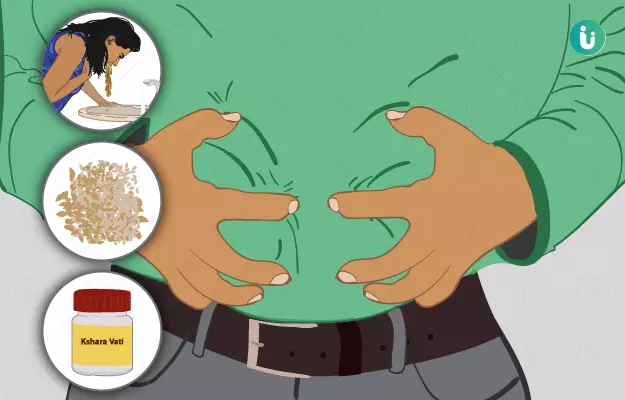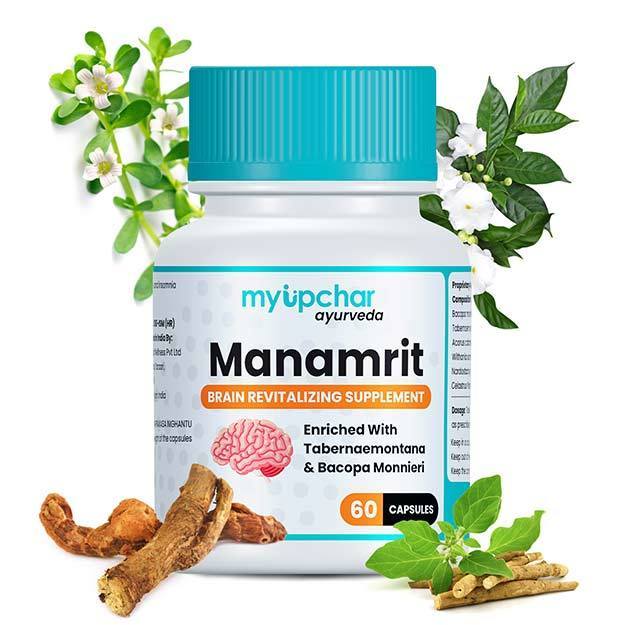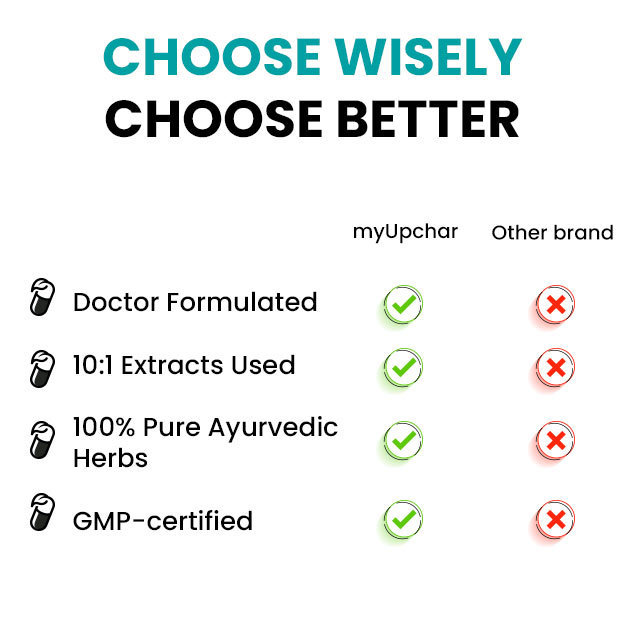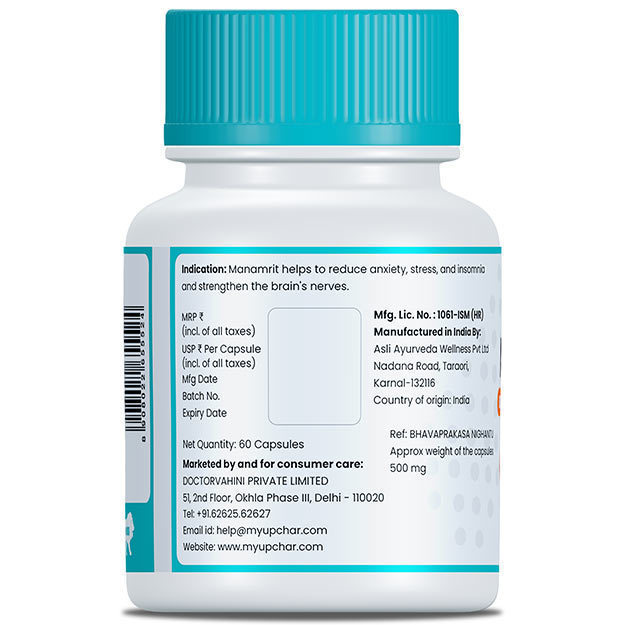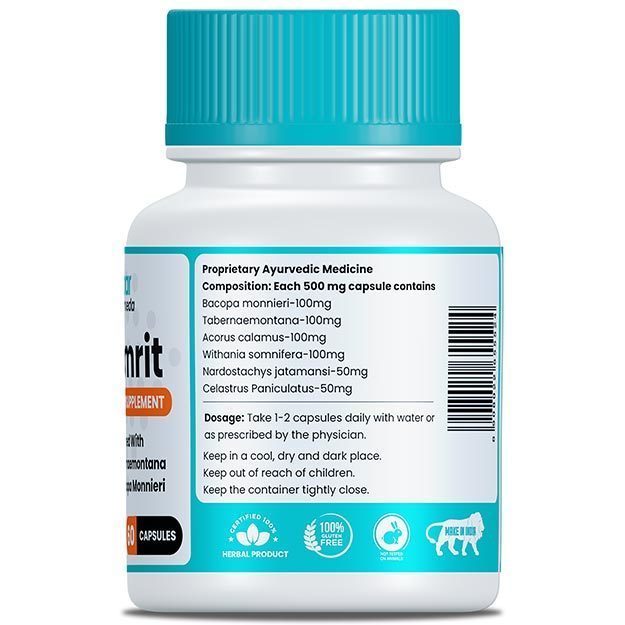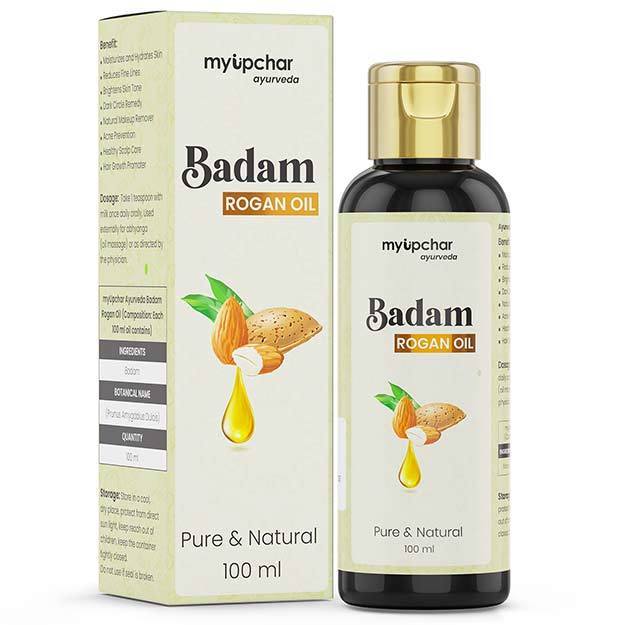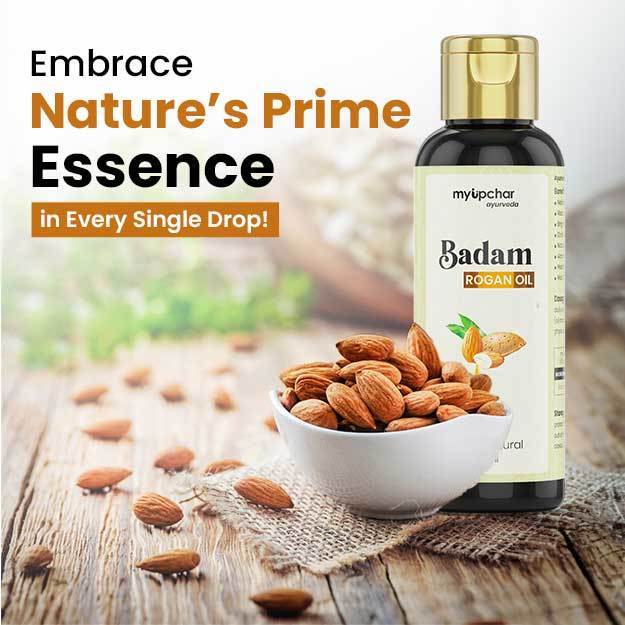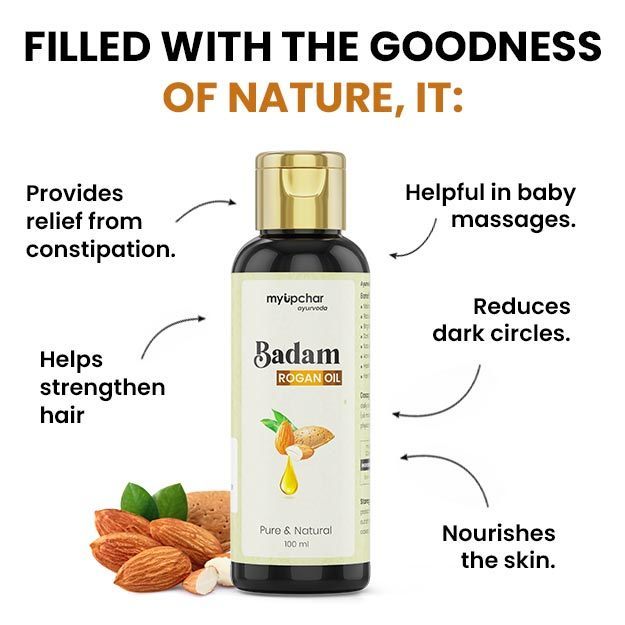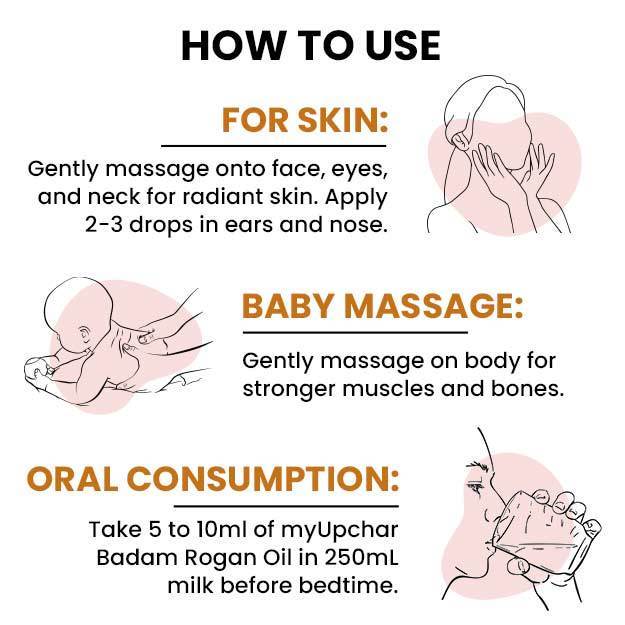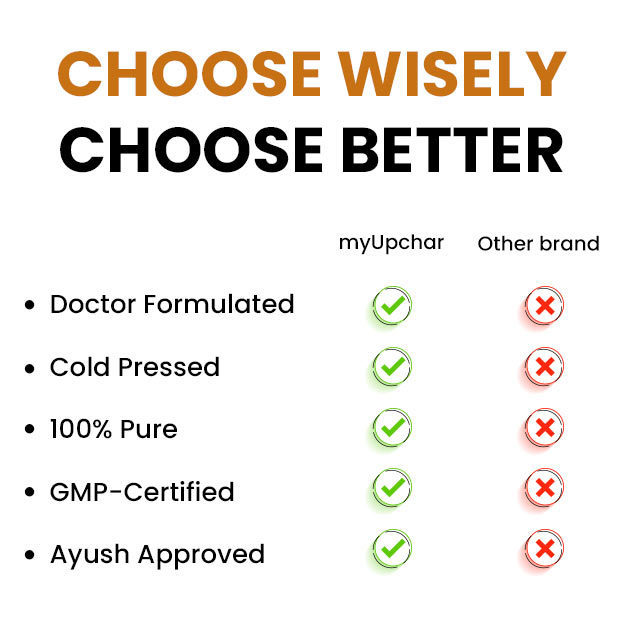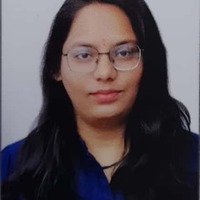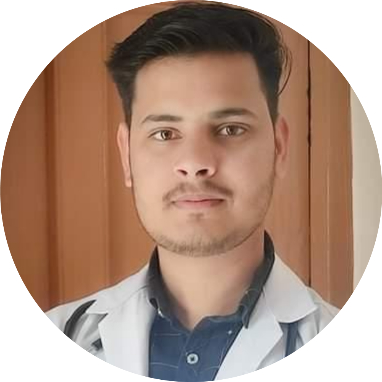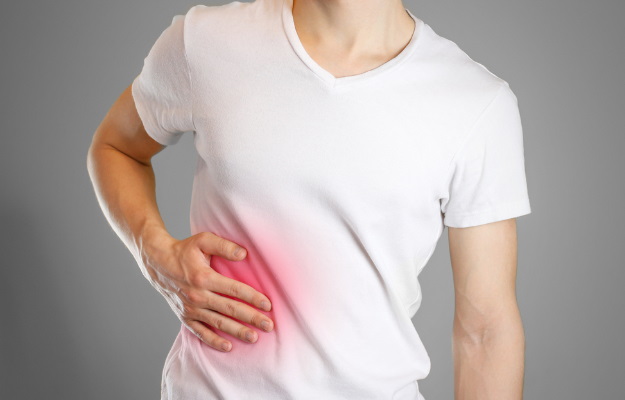Stomach pain, called udara shula in Ayurveda, is a clinical symptom that may occur due to various udara roga (stomach diseases). Diminished digestive power and indigestion for a long period of time can lead to the distention of abdomen and, thus, stomach pain.
Ayurvedic procedures used for the management of stomach pain are tapa (fomentation), vamana (medical emesis) and virechana (purgation). Herbs and medicines that are commonly prescribed by an Ayurvedic physician to manage udara shula are tila (sesame), madana (emetic nut), agni-prabhava rasa, mandura lauha, kshara vati, pralayanala rasa, agnimukha rasa and gaganasuryadi rasa.


